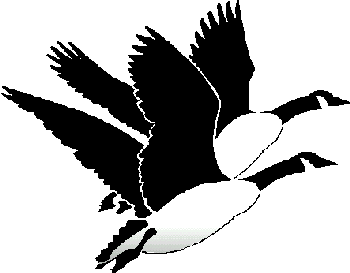Stop over
sites
 |
Stop over sites are
areas where birds can rest, refuel and replenish their stores of fat along
their migration route. |
 |
Stop over sites are used
year after year by the same species of birds. |
 |
Stop
over habitats may be chosen by presence of other birds, food
abundance, genetic programming and past experience. |
 |
There is competition for available food at stop over sites. |
 |
Predators may by
present so birds have to weigh their need for food verses the danger
they might be in from predators. |
 |
Migration will be
successful if a bird can find a high quality habitat with plenty of
food. |
 |
Birds are at risk when
they have a poor diet, improper or insufficient rest, frank starvation
and exposure to predators. |
 |
As scientists study
birds and their migration, scientists realize that there are certain
critical area that need to be preserved for birds. |
 |
Birds are at risk of
extinction when their breeding grounds, wintering grounds and stopover
areas are destroyed by human encroachment on their habitat. |
 |
When the stop over is
insufficient in size or resources both can have an impact on migration. |
 |
By using Doppler radar
with remotely sensed land cover data and other data provide a useful
tool for assessing migratory flyways and stopover habitats. |
 |
Stop overs can be seen
on Doppler radar by observing the beginning of migration on a given
day: there will be "hotspots" of reflectivity on the radar
screen. |
Back
to top of page
|
